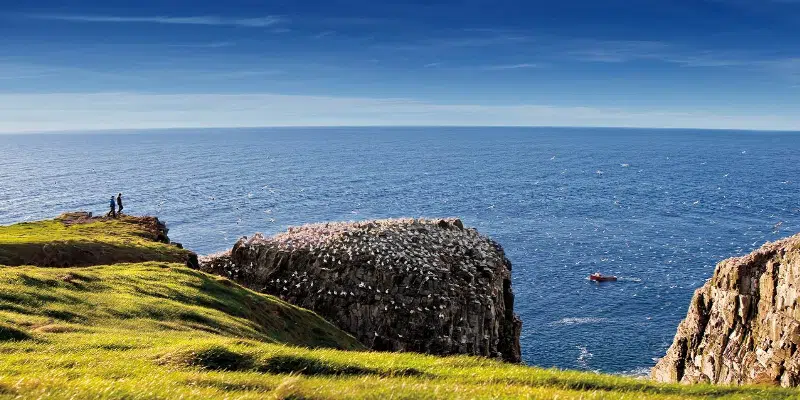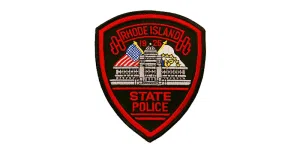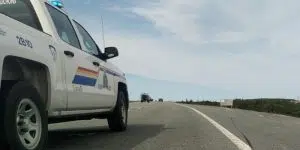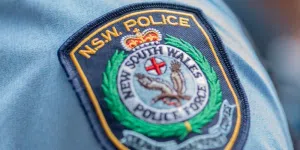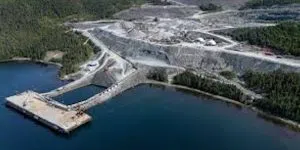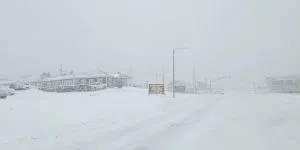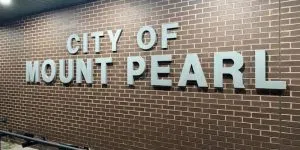Hundreds of birds were killed and many more injured when blown inland by Hurricane Larry, which struck one of the most famous bird colonies in the world last weekend.
Cape St. Mary’s was directly in Larry’s path and took the full brunt of the winds which at times topped 140 km/h, even hitting 180km/h for a brief period. Staff at the local interpretation centre suggest that hundreds of birds were killed when the storm struck.
Dr. Bill Montevecchi, a local bird biologist who has done research on the gannet colony at Cape St. Mary’s, has not yet visited the site but has been getting regular updates on the situation there.
He says hurricane-force winds can be especially hard on seabirds, especially those still nesting on the cliffs at Cape St. Mary’s.
Dr. Montevecchi says birds, many with broken wings or legs, were blown well inland and stranded. Dozens of dead birds were found at the beach in Point Lance, while at least one bird with a broken wing was found at Cape Race, a significant distance away.
The Canadian Wildlife Service has taken the lead on the investigation and rescue of stranded and injured birds. Montevecchi is commending the “heroic” efforts of those who have been rescuing and recovering gannets, which are among some of the largest seabirds on the planet.
He says Chris Mooney of the Cape St. Mary’s Ecological Reserve is among a group of people who have gone above and beyond in recovering injured and stranded birds.
Around 14-16,000 pairs of birds nest at Cape St. Mary's Ecological Reserve, close to where Hurricane Larry made landfall. Staff found hundreds of birds dead. With winds above 180km (before power went out) the windows were smashed out of the info centre. #nlwx #LarryNL pic.twitter.com/Mq2q53a8d7
— John Morris (@jmweb) September 15, 2021





